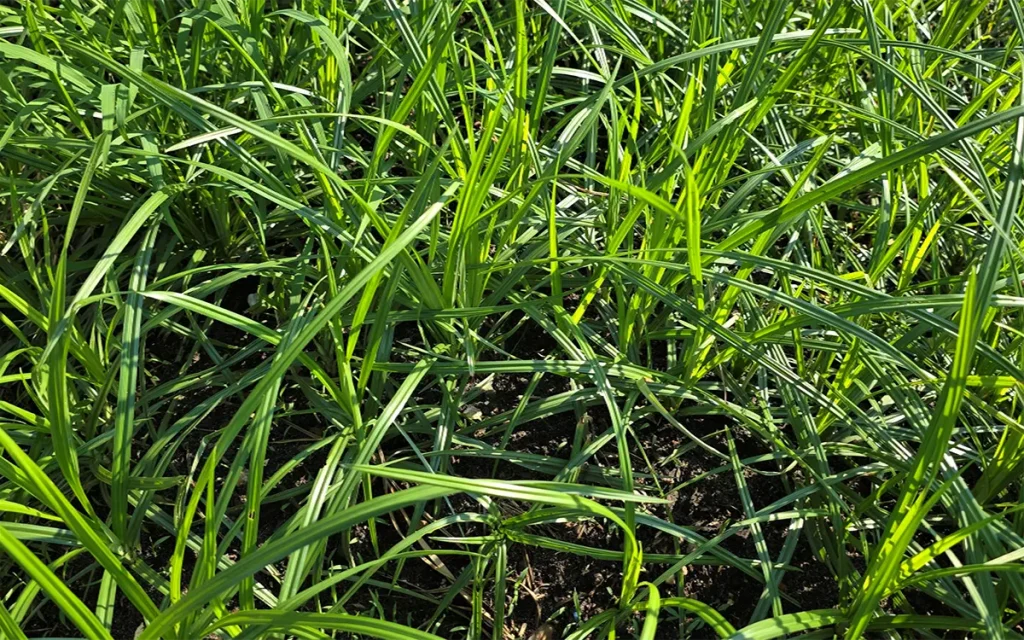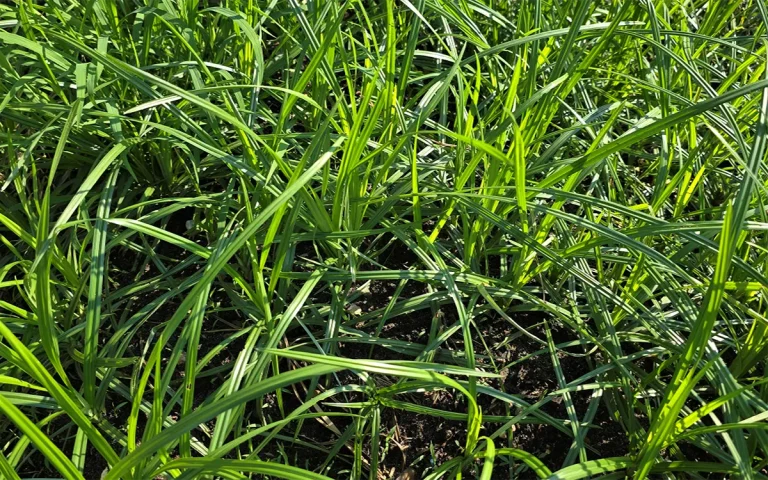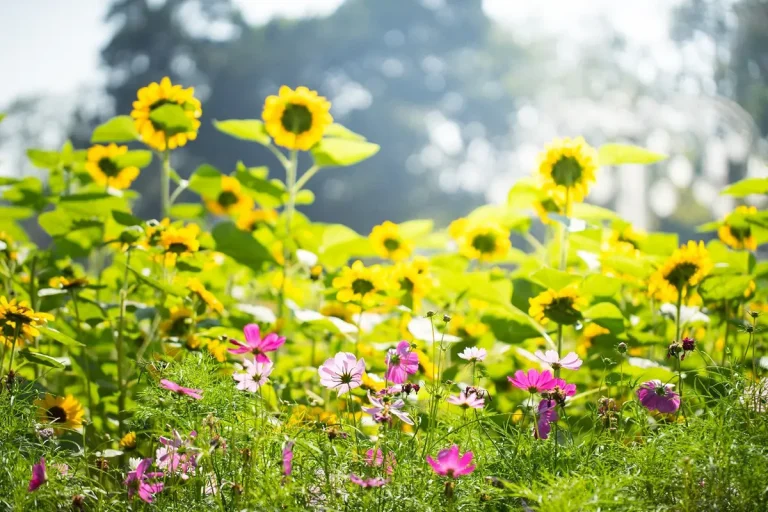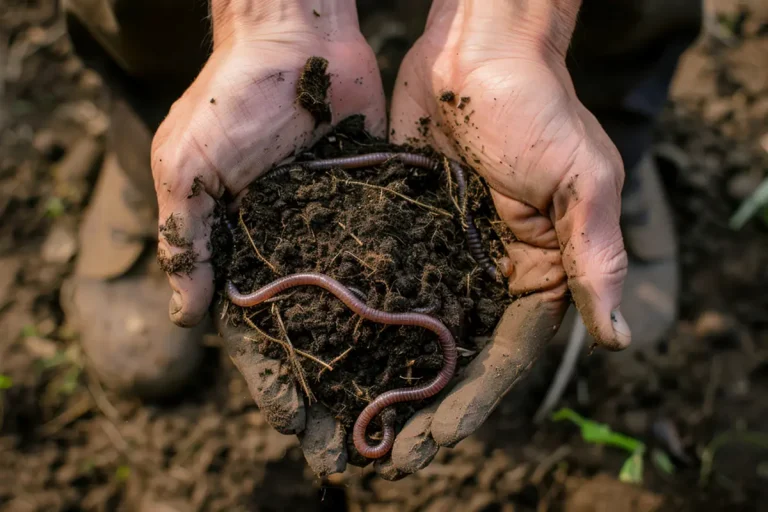Yellow Nutsedge (Cyperus esculentis) is native to North America. Its habitat extends from southern Canada all the way south to Argentina. INSET:Although this looks like several plants, it is actually just one plant. Each plant is connected by fibrous roots, thick rhizomes and small tubers. The tubers are tiny nutlike structures at the end of the rhizome. Plants sprout from the tubers around June and continue thoughout the summer and fall.
It’s the bane of gardeners, farmers, landscapers and just about anyone who has a lawn. It’s probably one of the world’s worst agricultural weeds. Onion and Brussels sprouts growers report that this rapidly spreading sedge can destroy up to 90% of a crop. Root crops like carrots and sugar beets can be diminished by as much as 60 percent. Potatoes, corn, rise and soybean crops can also be affected by the weed. Unlike most of our invasive species, yellow nutsedge is indigenous to North America.
Yellow nutsedge is also allelopathic.
Yellow nutsedge releases chemicals that inhibit the growth of surrounding plants. Other allelopathic plants include black walnut, eucalyptus, Sorghum, sunflowers, garlic and mint. The chemicals can affect seed germination, root growth and overall plant health. That’s another reason you don’t want yellow nutsedge in your flowerbeds either.
There are only three ways I’ve found that can permanently (hopefully) reduce or eliminate yellow nutsedge.
Agricultural Vinegar
This is not the kind of vinegar that we keep in the kitchen. It comes in different strengths. Iit is highly acidic and can cause serious burns if left on the skin. Here are some tips:
- You can get it in varying strengths: 35%, 45%, 75% and 95%.
- Don’t add water to the vinegar, but do add about 2 ounces of surfactant (dishwasher liquid ) to the mixture.
- If you plan to spray, buy a sprayer especially made for agricultural vinegar. Otherwise, the vinegar will destroy the seals on regular sprayers.
- Wear gloves. long sleeves and trousers when spraying. I would use surgical gloves under work gloves.
- You may want to wear a breathing mask when you spray, especially for the higher percentages.
- Spray when there is lots of sunshine and little or no breeze.
- Cover the entire exposed plant with the vinegar.
- Since yellow nutsedge grows by rhizomes, seeds, and by the underground nutlets, you will probably need to spray several times to make sure you get it all. Spray once a week for several weeks.
- You may have to go back next year and spray again, because the plants are incredibly resistant.
Email me (bobdailey.gulfcoastgardening@gmail.com) and let me know how effective the vinegar has been. Please add the strength of vinegar you used.





